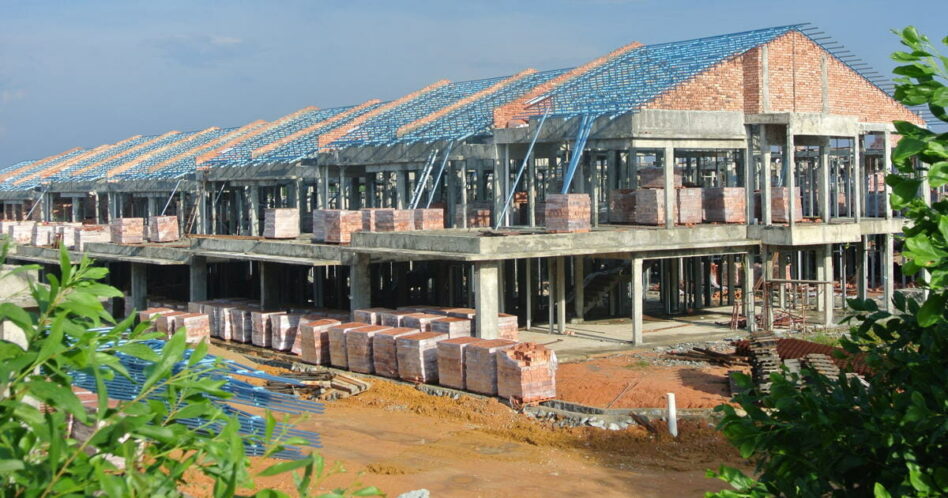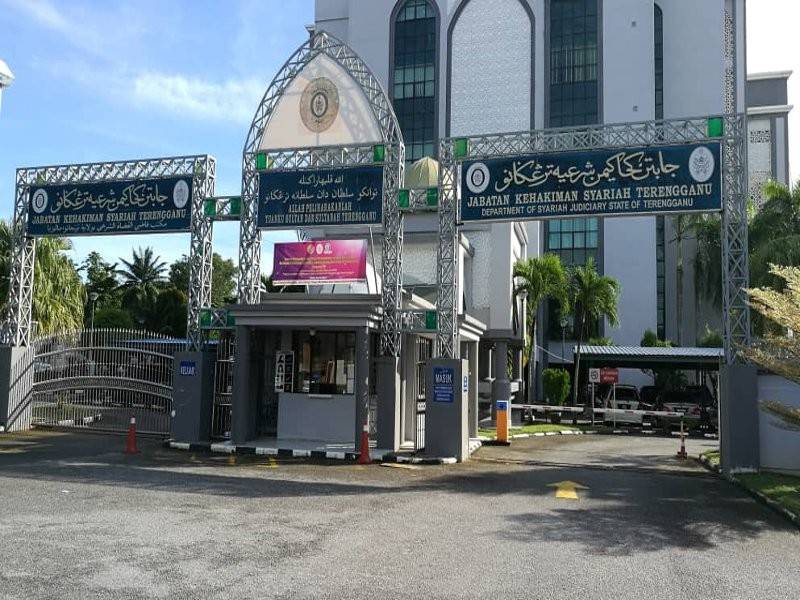S Laxmi
OWING to its significant contribution to the gross domestic product (GDP) and other sectors, no doubt that the construction industry plays an important role in our economic growth.
Here, I would like to touch on several issues affecting a vital industry that is keeping our economic and employment engine running.
In architecture, glass façade and steel are one of the most important exterior elements. Apart from setting expectations and defining the feel of an overall structure, it also helps the structure “blend in” with the surrounding or stand out among other building around.
As such, the glass façade and steel works contributes about one third of a building’s costs. The main raw materials used for façade building are aluminium, glass and steel. Aluminium is used due to its light weight, glass for its sound and heat insulation, while providing light to a building. Steel, on the other hand, functions as its bracket and support.
While material cost increase seasonally during construction, the industry now is facing a year-over-year price increase, making project profits slimmer.
Aluminium prices soared over the past month itself. Price has increased from RM12.60/kg to RM14.80/kg after February, due to the strong demand and resurging supply concerns.
Price of glass have increased by 20% since December last year. The price of steel has also shot up by 7% since November last year.
To put things in perspective, surging raw material prices cause budgets to roll, in ways as design and delay in site commissioning. In a project, once it is awarded and signed, the contract value is fixed and price fluctuations will not be accounted for. Therefore, companies usually provide a blanket purchase order to lock the material with supplier.
However, with delays especially in design and site possession, could lead to a contractor to confirm the blanket purchase order and lock the material price.
Each construction project can be summed up in three phases which represent all the activities required to finish the project from day one until the last day of the project. These phases are: design, execution and post-construction maintenance and operation.
Design can be a real “threat” to the timeline of the project as its problems are mostly discovered in the execution phase. Take for instance modulation design changes. It does not just delay the confirmation of design but also affects the material purchase.
Gov’t intervention needed
In another scenario, there was an instance, where a hotel investor decided to pull out due to the pandemic, reasoning building a hotel now would not be a good idea and tourism will be affected for the next few years to come.
However, as the international borders remain shut, locals started to make use of hotels and travel within the country, and the hotelier foresaw a potential in local tourism. Thus, after a delay for a year, the client decided to make a go with the hotel project.
Adding to the strain of material prices are the taxes levied on imported goods by the Government.
To remedy the situation, perhaps the Government and local authorities can look into ways to address the shortage of material and labour supply. We cannot ignore the inflation rate as well, for most construction projects, economics and budgeting which could cause the project cost overrun as the building material prices, labour wages and machinery hire rates are changing annually.
As increase in construction demands continue to rise, the supply and demand of materials will follow suit. Yet, material costs do not have to force your company to reduce quality and design.
By utilising technology in design process at the beginning stage of your project, including lean construction, building information modeling and construction field management software, you can increase the efficiency of the project.
The bottom line here is that, being proactive in finding ways to reduce construction material cost will result in positive effect for the industry and the economy as a whole. – April 10, 2021.
S Laxmi is an observer of the Malaysian construction industry.
The views expressed are solely of the author and do not necessarily reflect those of Focus Malaysia.










